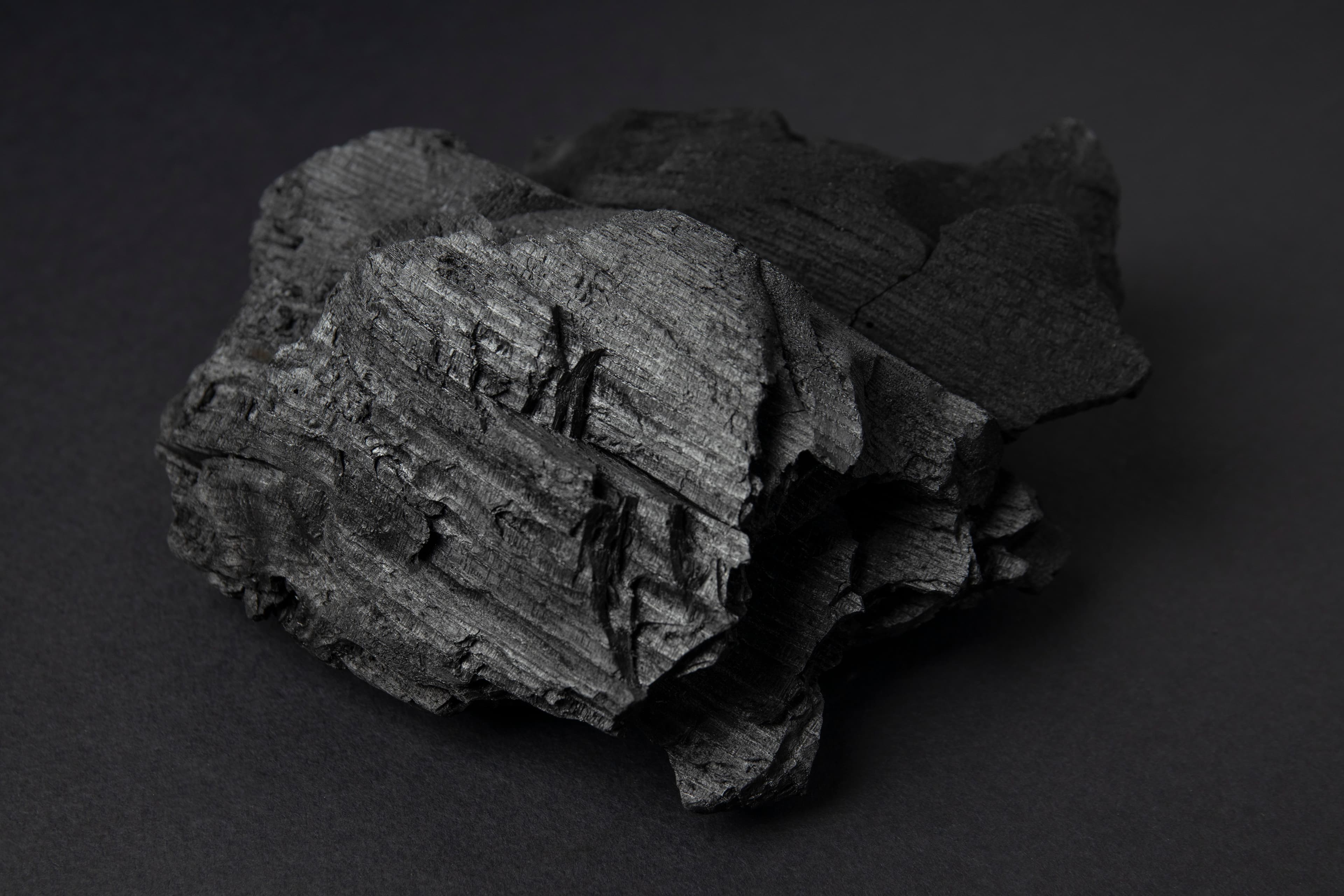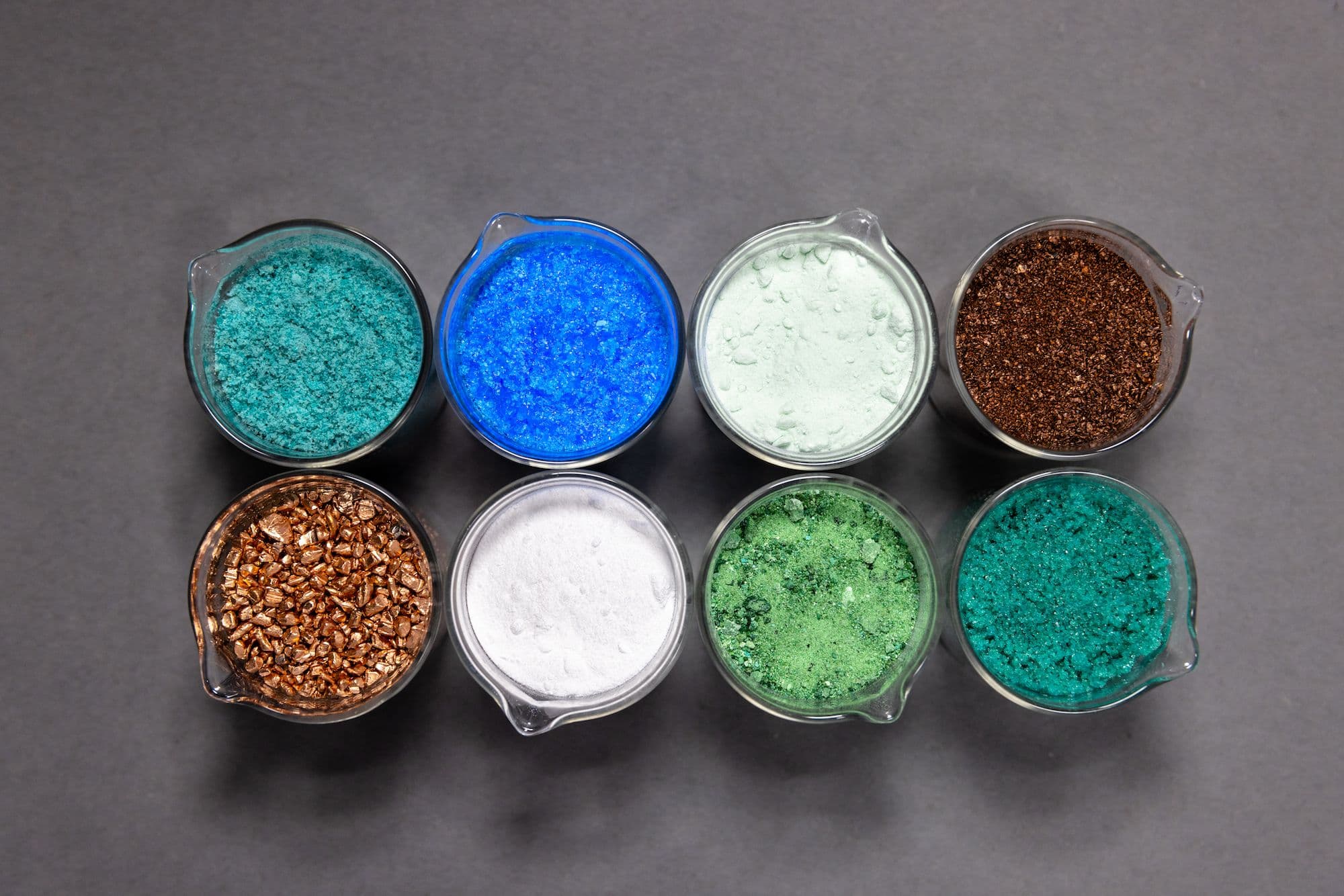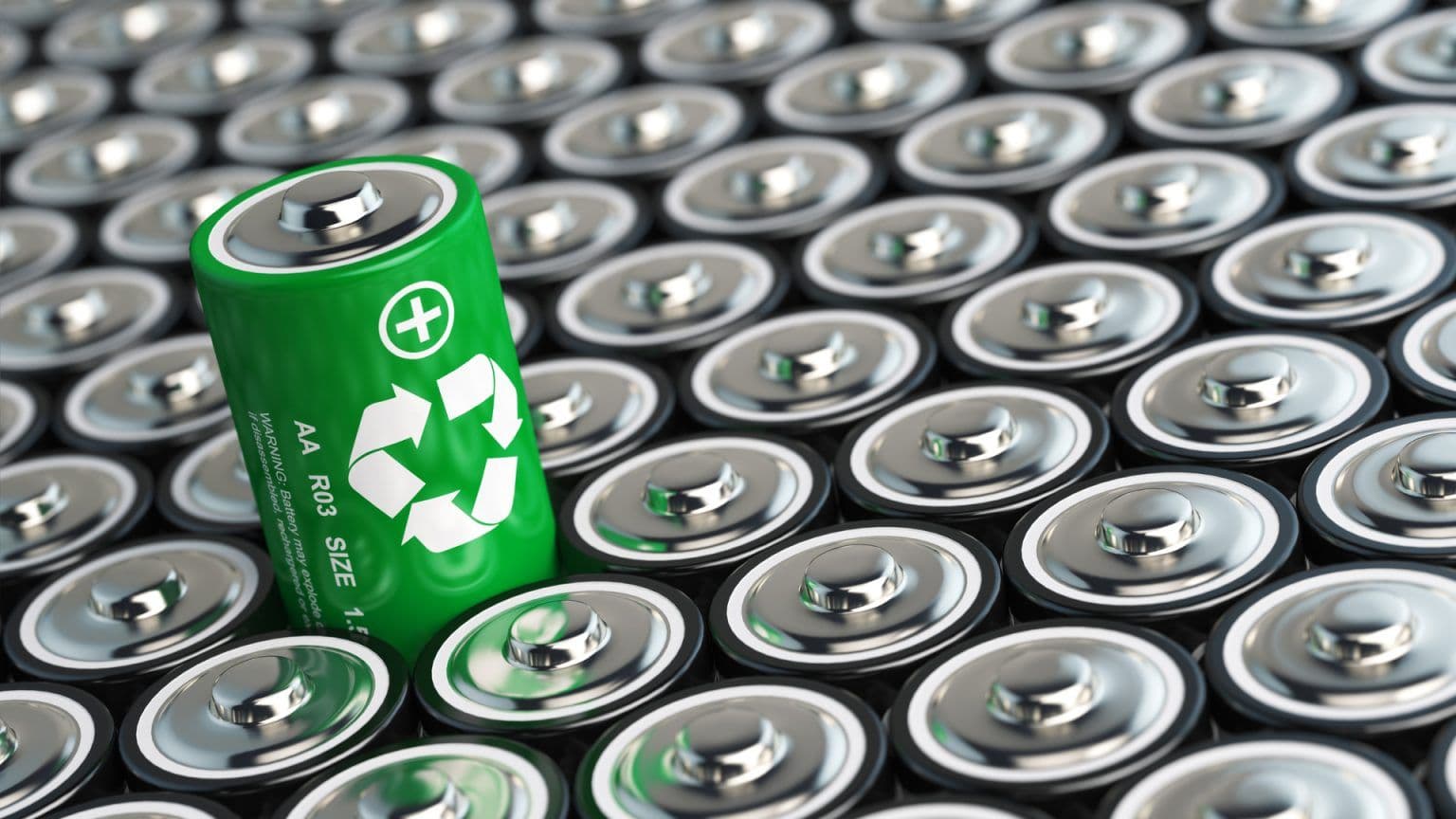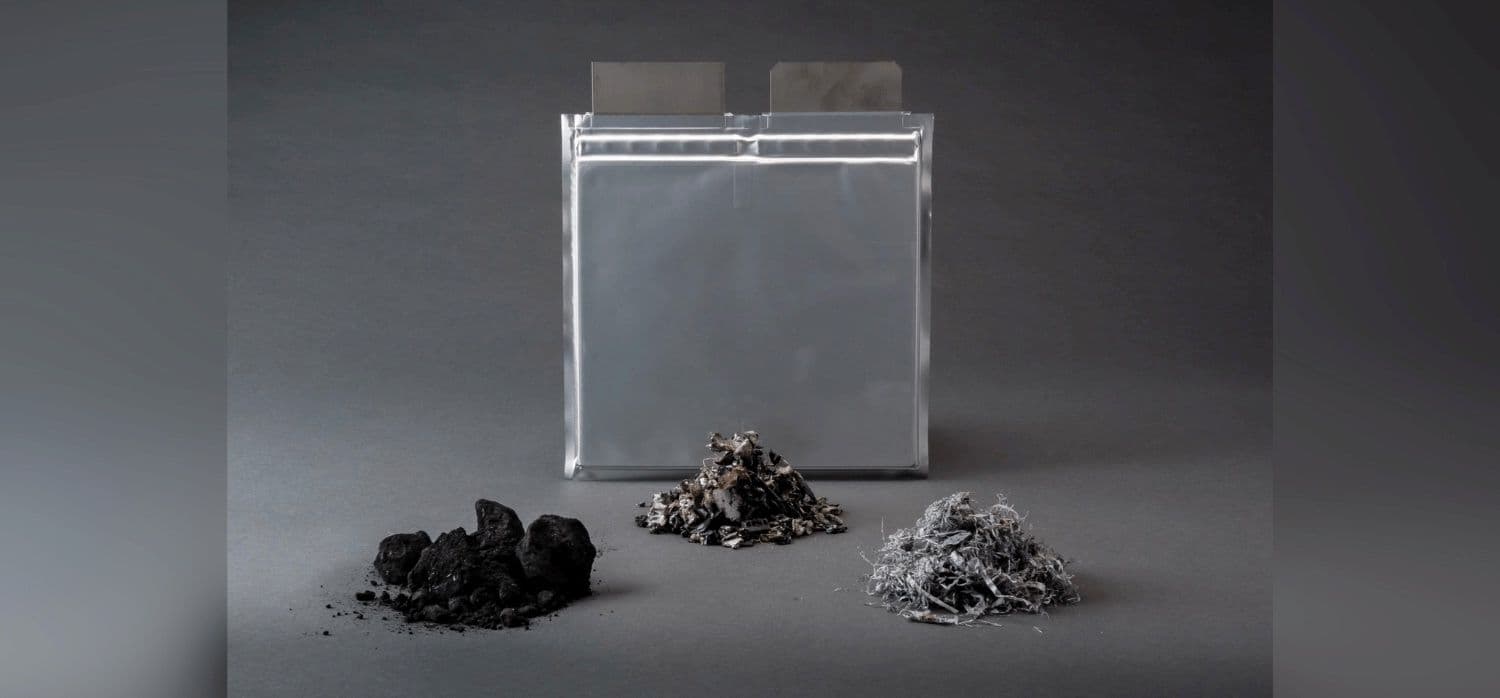Carbon, one of the most abundant elements on Earth, is not just the foundation for all known life – it is also essential in modern energy storage. While metals like lithium, cobalt, and nickel often grab our attention, carbon-based materials quietly power the performance of nearly every battery in use today.
The Role of Carbon in Batteries
Batteries store and release energy through controlled chemical reactions. While metals like lithium and nickel facilitate ion transport, carbon-based materials enhance conductivity, provide energy storage, and ensure structural stability, making them indispensable to battery performance. Carbon’s role in batteries can be divided into three key areas: first, its conductivity, which allows electrons to flow freely, enabling effective charge and discharge cycles; second, its ability to store energy, as seen in graphite, which holds lithium ions in battery anodes; and third, its structural stability, which helps maintain the battery’s internal framework and prevents material breakdown over time.
Another advantage of carbon-based materials is their potential for recyclability. Unlike metals such as lithium and cobalt, which require energy-intensive refining, graphite can be recovered from spent batteries and purified for reuse in new anodes, reducing waste and improving sustainability. Additionally, carbon nanomaterials like graphene and CNTs are being explored for reconditioning and reuse in next-generation energy storage, though large-scale recycling methods are still under development.

Graphite – iStock
Graphite
Graphite has been the preferred material for lithium-ion battery anodes for decades, thanks to its impressive stability and energy storage capabilities. In fact, 95% of lithium-ion battery anode material is based on graphite. Its layered structure allows lithium ions to seamlessly flow during charging and discharging, making it a dependable choice. One of graphite’s standout features is its high energy density, which enables the material to store significant amounts of lithium ions and extend battery runtime. It also ensures long cycle life, maintaining its structural integrity over thousands of charge cycles with minimal breakdown. Additionally, graphite’s scalability enhances its market position, as it is readily available and compatible with a wide range of battery technologies.
Beyond batteries (and pencils), graphite’s unique properties make it essential in steel and metal production, fuel cells, and filtration systems. Its high thermal conductivity and stability also make it an ideal material for electrodes in industrial furnaces and nuclear reactors.

Carbon Black – Orion SA
Carbon Black
While graphite plays a key role in energy storage, carbon black is essential for ensuring efficient energy flow. This finely divided black powder, created through the controlled combustion of hydrocarbons, serves as a conductive additive in battery electrodes. The material forms a continuous electron network, which facilitates smooth charge and discharge cycles, ultimately boosting the overall performance of the battery.
Particle size is crucial in carbon black’s performance. Smaller particles improve conductivity by increasing surface area, but overly fine particles can compromise electrode stability. Battery manufacturers optimize particle size to balance electron transport and mechanical durability, ensuring peak battery efficiency.
Carbon black’s applications extend beyond batteries. It plays a large role in rubber and tire manufacturing, where it can account for up to 30% of a tires mass. It is also commonly used in printing inks for its deep black color.
Key Benefits of Carbon Black:
- Enhances Electrical Conductivity – Facilitates the efficient movement of electrons for improved battery performance.
- Improves Electrode Stability – Prevents active materials from clumping, ensuring consistent operation throughout the battery’s life.
- Aids Thermal Management – Effectively dissipates heat to prevent overheating and improve safety during operation.

Carbon Nanotube – Getty Images
Emerging Carbon-Based Materials
As battery technology continues to evolve, researchers are actively exploring new carbon-based materials like graphene, carbon nanotubes (CNTs), hard carbon, and soft carbon to improve performance and efficiency.
Graphene stands out amongst the materials, consisting of a single layer of carbon atoms arranged in a honeycomb structure. It is also one of the most conductive materials known, allowing for faster charge and discharge rates, which makes it ideal for high-performance applications. Additionally, its stability and high thermal conductivity enhances electrode durability and help prevent overheating, boosting both performance and safety.
Carbon nanotubes (CNTs) are tiny cylindrical structures formed from rolled-up graphene sheets, are being explored as key components in solid-state batteries. Their high mechanical strength and superior conductivity compared to carbon black, help maintain the structure of electrodes, which could lead to longer battery lifespans and enhanced performance.
Hard and soft carbon are also gaining attention as promising alternatives, particularly for sodium-ion and solid-state batteries. Unlike graphite, hard carbon has a disordered structure that allows it to store more ions and provide a higher energy capacity, making it a strong alternative for next-generation energy solutions. In contrast, soft carbon has a layered structure similar to graphite, but offers more flexibility in adjusting conductivity and storage capabilities. This makes it a potential candidate for high-power applications, such as fast-charging batteries and hybrid energy storage systems.

Silicon-Carbon Anode Batteries – Amprius Technologies
The Rise of Silicon-Carbon Anodes
Silicon-carbon anodes offer a breakthrough in energy storage, capable of storing nearly 10 times more lithium ions than graphite. However, silicon’s expansion during charging poses challenges, potentially causing structural stress. To counter this, companies like Amprius Technologies have engineered silicon nanowire anodes, which flex and adapt during charging, significantly enhancing cycle life and durability.
In this solution, silicon-carbon takes the place of graphite as the anode material, while carbon black continues to play a vital role as an additive to ensure efficient electron transport.




